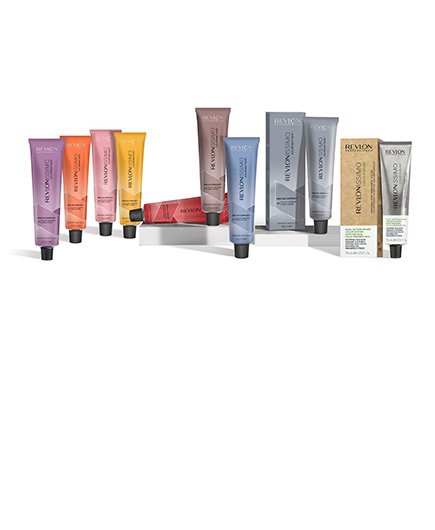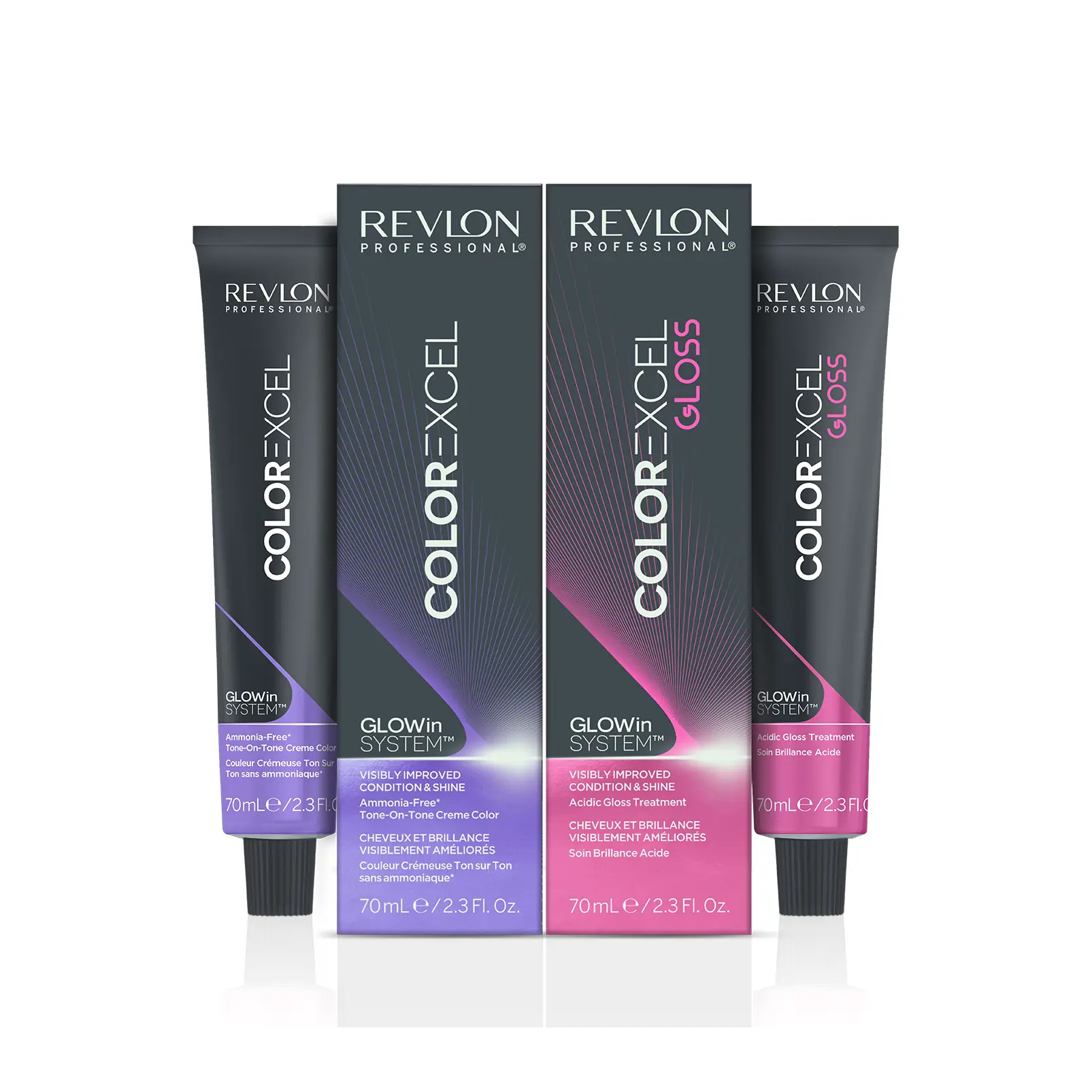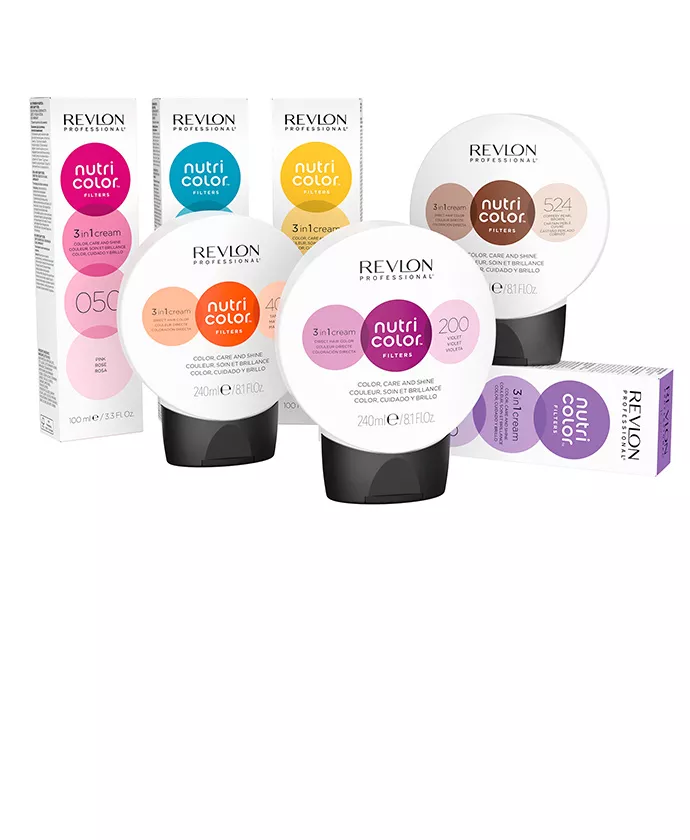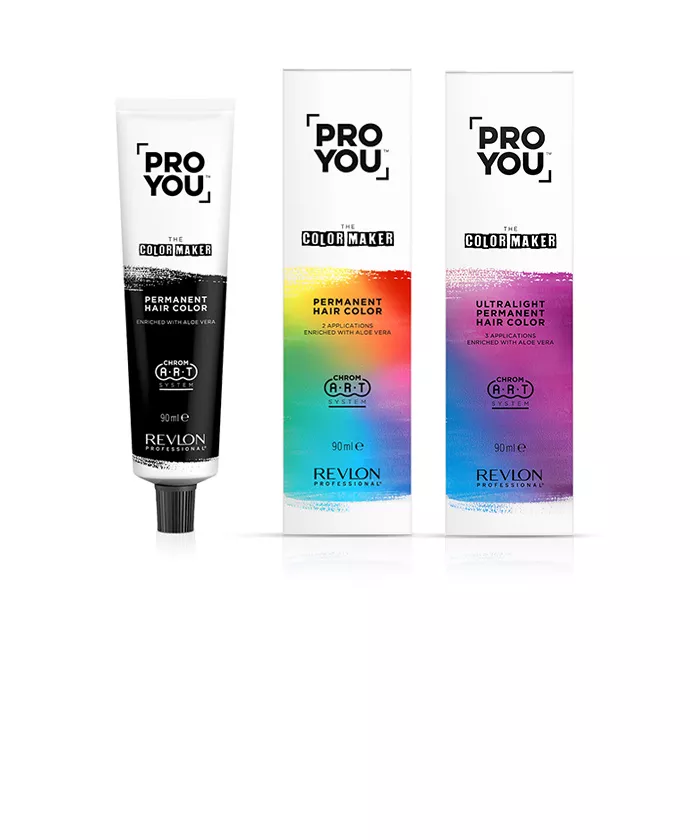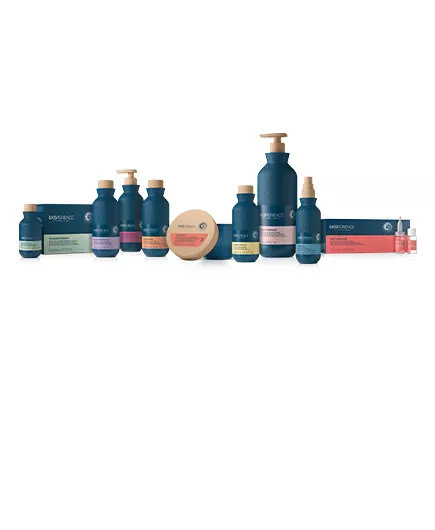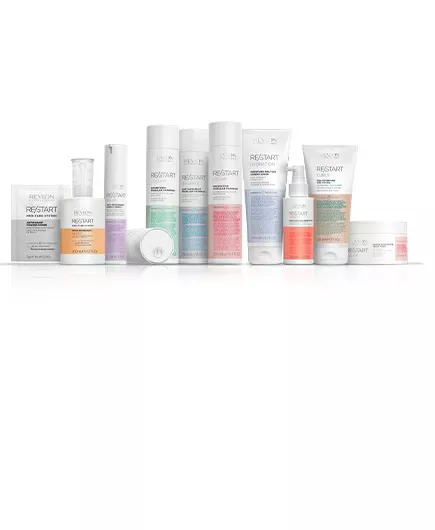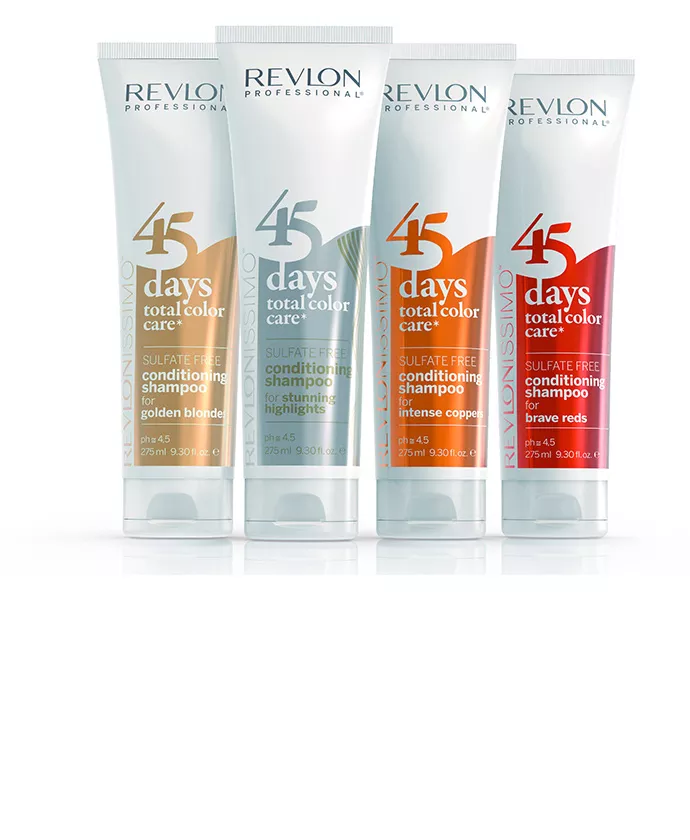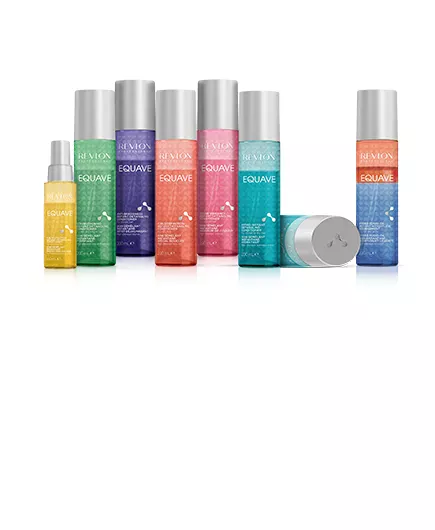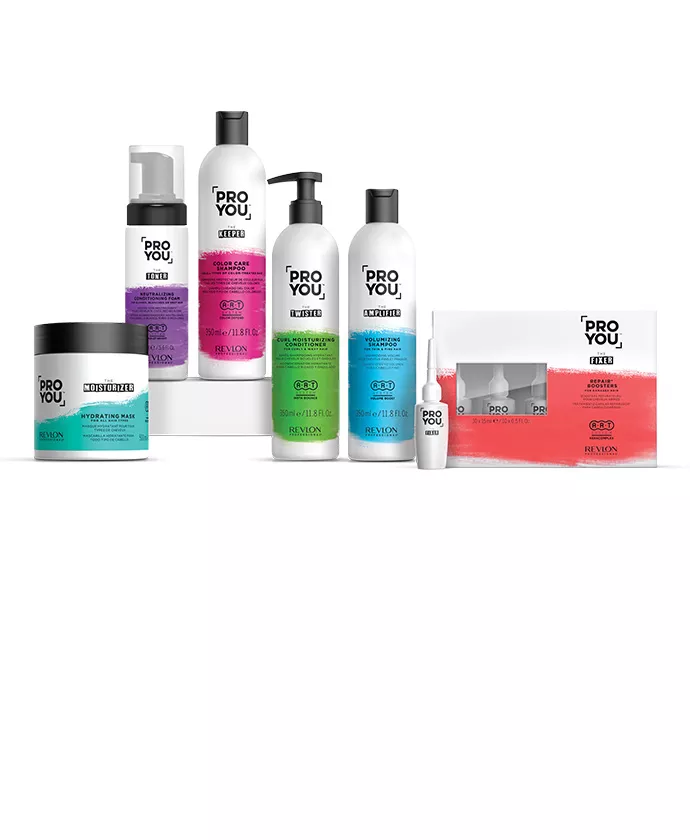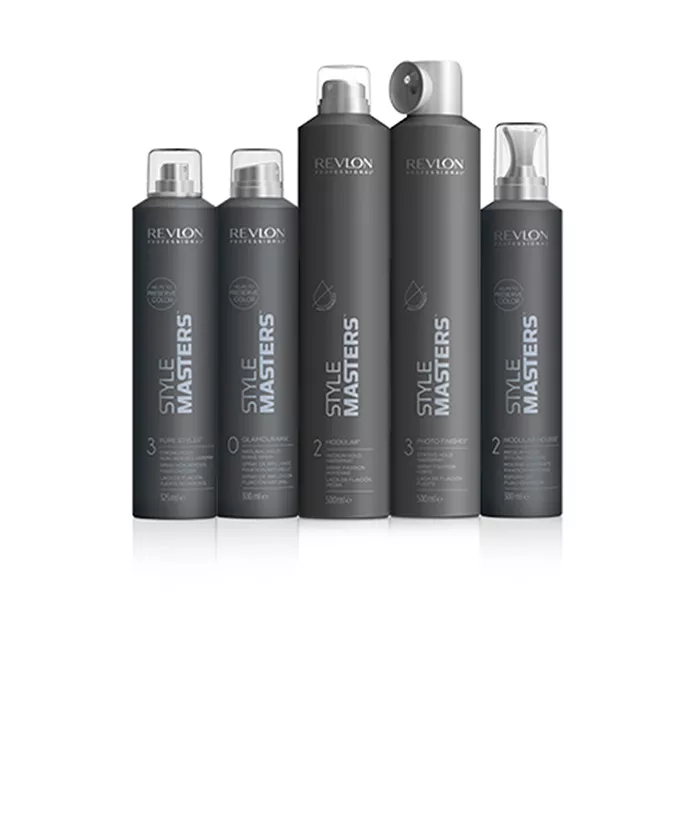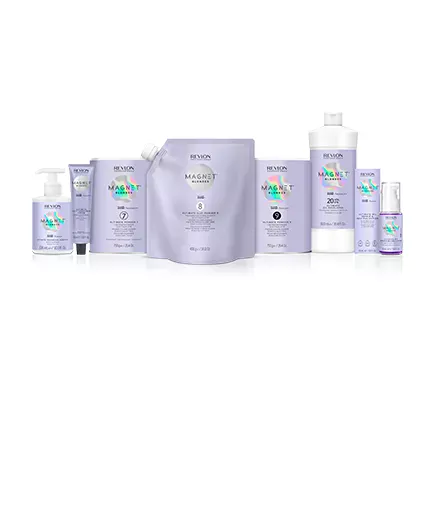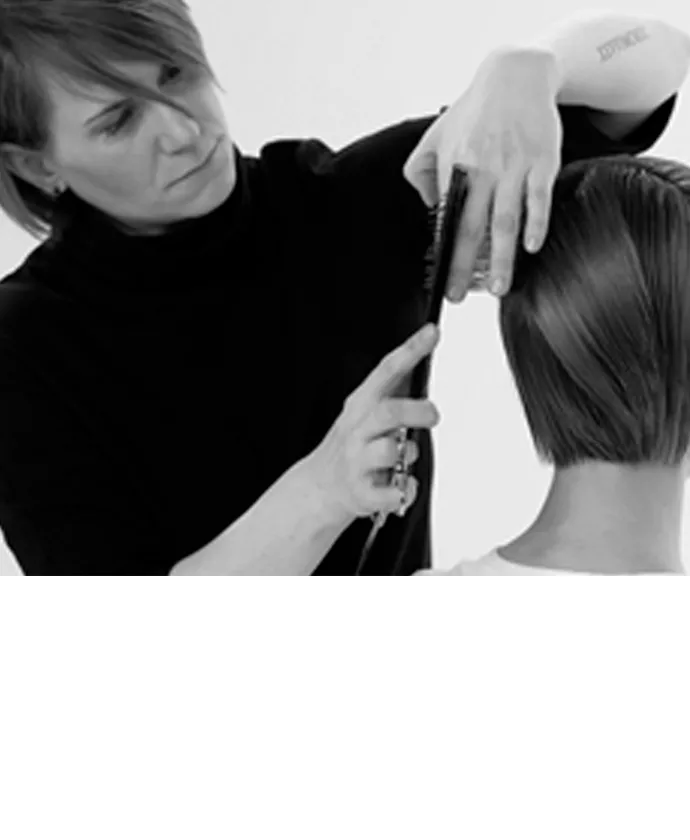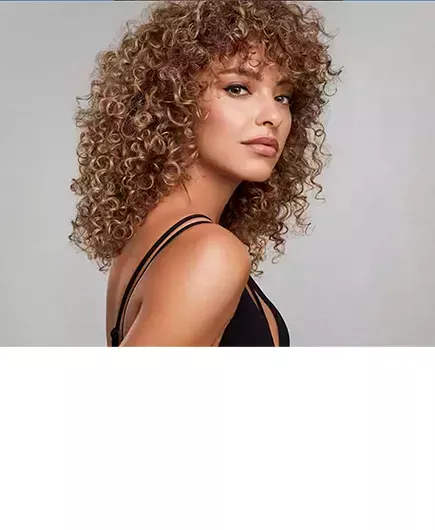How to Properly Do a Hair Consultation at the Salon
A thorough hairdressing consultation is invaluable. It helps you understand your clients and tailor the salon experience to meet their specific needs. Always perform consultations before each appointment to be sure you are on the same page as your client. This will not only increase their satisfaction but also build a strong, loyal client base that boosts revenue and referrals. Here are some key points on how to perform a detailed consultation that will help you to empower your salon.
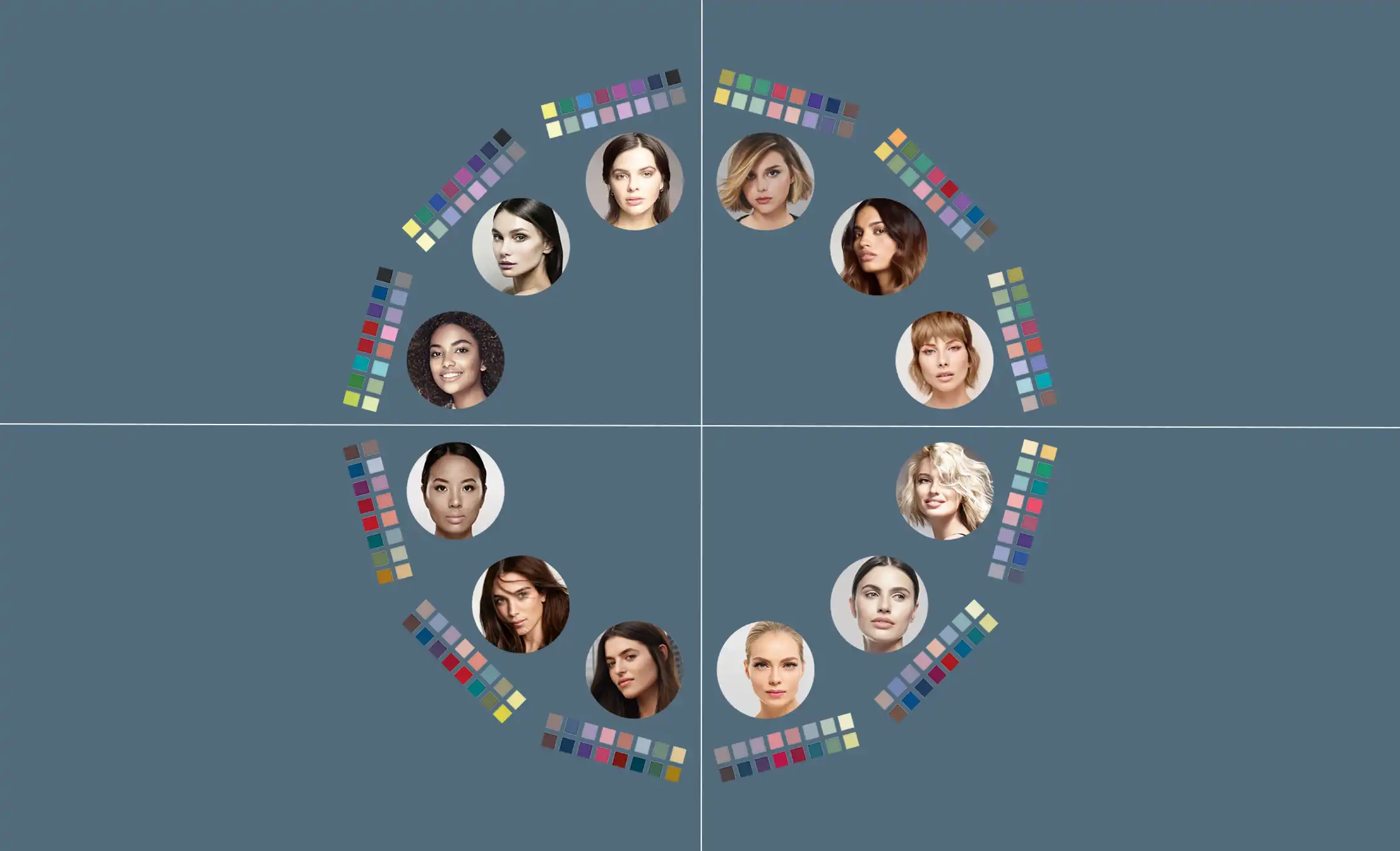
Differentiate Your Services with a Unique Consultation Process
A well-executed consultation process can set your services apart, giving clients the confidence they need to feel understood and valued.

Top Tips for a Great Hair Consultation
1.Start the Consultation on a Positive Note
- Smile and greet clients by name.
- Introduce yourself if it’s the first meeting.
- Make the client feel welcome and comfortable.
2. Take Your Time
- Get to know your client in a relaxed setting.
- Show genuine interest in their needs.
3. Really Listen
- Listen to the client’s answers attentively.
- Repeat what they’ve said to confirm understanding.
4. Be Honest and Clear
- Be upfront about what is achievable given their hair condition and goals.
- Explain options and steps to reach their goals.
5. Keep Records
- Take notes during the consultation.
- Keep detailed records as this will help you provide consistent and personalized service.
6. Use Visual Aids
- Use hairstyle magazines or digital portfolios to understand your client’s needs.
Key Objectives of the Consultation
- Give Confidence to Your Client: Make clients feel understood and valued.
- Build Relationship: Foster trust and long-term relationships with clients.
- Understand Your Client’s Needs: Gain insights into your clients’ preferences and lifestyles.
- Personalized Service: Tailor your services to each individual client.
- Knowing Their Hair History: Take into account the history and health of your client’s hair.
- Establish a Plan for Color Selection and Placement: Develop a strategic approach for color and placement.
The Right Questions to Ask
- What can I do for you today?
- Do you have any specific hairstyles or cuts you want to focus on?
- Do you have any questions or need any advice?
- What are your long-term hair goals?
- What do you like and dislike about your current hair?
- What is your current hair care routine?
- How would you like to improve your hair?
- Do you have any upcoming events?
- Do you have any specific hair products or treatments you prefer?
- What has been your experience with haircuts or styles in the past?
- What has been one of your favorite hairstyles and why?
- Do you have any concerns or questions before we start?
Budget Considerations
Discuss financial aspects confidently and comfortably:
- Determine if one or more appointments are needed.
- Assess if the client wants an exact match to a picture or is open to adjustments.
- Discuss the frequency of maintenance visits.
- Recommend care and styling
- Charge the right price for your services.
Analysis
Perform a detailed analysis to tailor your services. Consider the following:
- Shape of the face
- Texture, density, and porosity of the hair
- Skin tone
- Natural shade of eyebrows
- Natural hair color
- Eye color
- Scalp and hair health
Learn How to Do Essential Hair Tests
The consultation is nearly complete, but no plan can be signed off until you carry out the tests! If you are feeling a little confused on the correct way to identify and deal with different hair types and would like more clarity on the results you can achieve, read on!
Hair Porosity
Hair porosity is all about the hair’s ability to retain and absorb moisture. It affects how well moisture and oils pass in and out of the hair’s outer layer, the cuticle, and the lasting effect of permanent, semi-permanent, and demi-permanent colors. Hair porosity is determined by genetics and/or chemical and mechanical treatments.
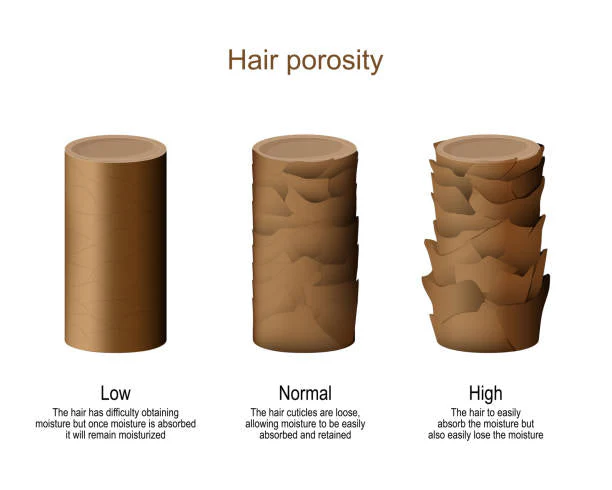 Characteristics of Low Porosity Hair
Characteristics of Low Porosity Hair
- Closely-bound cuticles
- Hard for water to saturate the hair
- Takes a long time to air dry
- Hair products tend to sit on the hair and not be easily absorbed
- Harder for moisture to penetrate the hair shaft
Characteristics of Normal Porosity Hair
- Less bound cuticles
- Moisture penetrates easily
- Retains moisture for a longer period of time
- Hair takes color well
- Hair tends to look healthy and shiny
- Doesn’t take long to air dry
Characteristics of High Porosity Hair
- Widely spread cuticles
- Unable to retain moisture for long
- Water and moisturizing products are quickly absorbed
- Hair tends to break easily
- Hair tends to be frizzy and dry
- Air dries quickly
The Two Hair Porosity Tests
Defining hair porosity helps determine your choice of color service and the ideal product range. Hair with normal porosity is easy and safe to color and pre-lighten, and it will not lose color pigments. Hair with high porosity is challenging to color and pre-lighten as it absorbs pigments differently in different areas of porosity, leading to less uniform color results and quick loss of pigments.
The Float Test
- Take a couple of hair strands and place them in a glass of water.
- Let them sit for 3-5 minutes.
- Results:
- Low porosity hair floats.
- Normal porosity hair sinks slightly.
- High porosity hair sinks to the bottom.
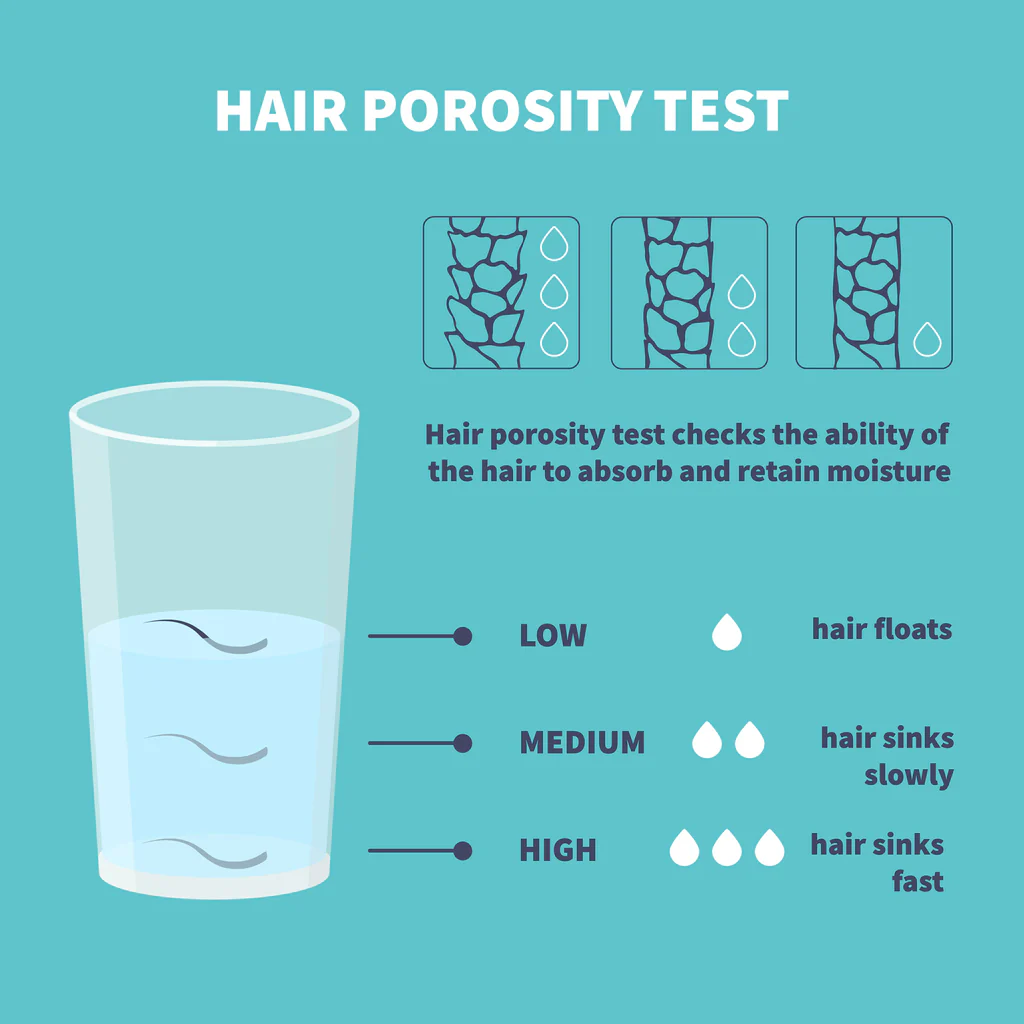
The Slip ‘n’ Slide Test
- Take a hair strand and slide your fingers up the shaft towards the scalp.
- Results:
- If your fingers slide smoothly, the hair has low porosity.
- If you feel some little bumps but your fingers slide well, the hair has normal porosity.
- If you have difficulties sliding your fingers and feel a lot of bumps, the hair has high porosity.
The Two Hair Coloring Tests
These tests provide insight into the hair’s technical service history and its resistance to color and pre-lightening services. They also show the final color results and the undertones that can appear.
Hair Color Test
- Apply the desired color mixture onto a thin hair strand from root to tips.
- Respect the recommended processing time.
- Observe and evaluate the final color result and hair condition on dry hair.
Hair Cleaning Test
- Apply Magnet™ pre-lightener mixed with a 6 vol. to a thin hair strand from root to tips to find out hair color history.
- Apply pre-lightener mixed with a 10 vol. or 20 vol. to find underlying pigments for highlighting services.
- For a hair resistance test for global pre-lightening, apply a pre-lightener mixed with a 30 vol. or 40 vol.
- Control processing time visually.
- Observe and evaluate the final color result and hair condition on dry hair.
There’s so much more to learn and we have your back! Simply sign up for our 24/7 educational platform, Revlon Pro Always On (for clients only). You can also download our brand new Revlon Pro Color World digital app, and order all your stock directly from our Revlon ProShop.


